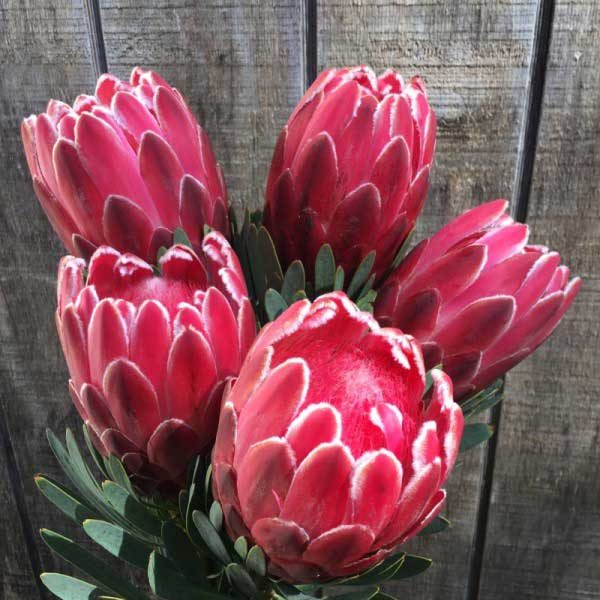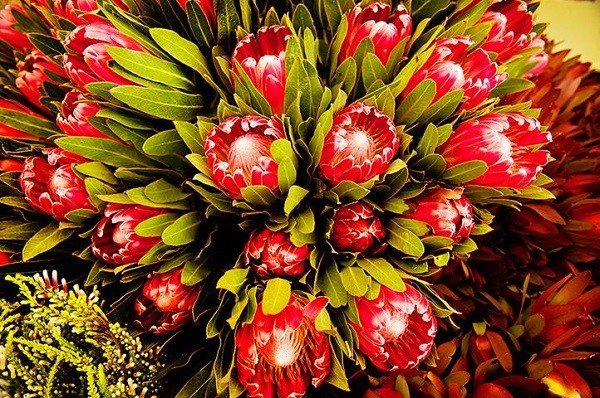“I thought they were so fancy,” Mel says, recalling his first encounter with proteas in 1981. He grew up in Querétaro, Mexico, leaving school after the fifth grade to cut sugarcane and pick cotton, two of the most grueling jobs in agriculture. After immigrating north in search of work, he landed in Southern California, where he discovered the flowers. He worked with two of the state’s most experienced protea growers, Howard Asper Sr. and Peter Sacks, then slowly built his farm by buying parcels of land—10 acres here, 13 there. Today, Mel’s protea farm extends over 150 acres and supports 25 employees, including his brothers Porfirio, Ramon, and Raul; his wife, Amparo; and his son, Ismael Jr.
Proteas thrive in just a few areas in the world, Northern San Diego County and Maui being the centers of production in the United States. Native to the Southern Hemisphere, with the largest concentration in Australia and South Africa, most have evolved in nutrient-poor soils and dry summers. Too much water and any fertilizer can kill them—Mel barely feeds his and waters them by a drip system (which he laid by hand across those crazy cliffs) every five to eight days. Proteas need perfect drainage, sunshine, and coastal breezes. In fact, they’re about the only thing that can be cultivated on these hills.
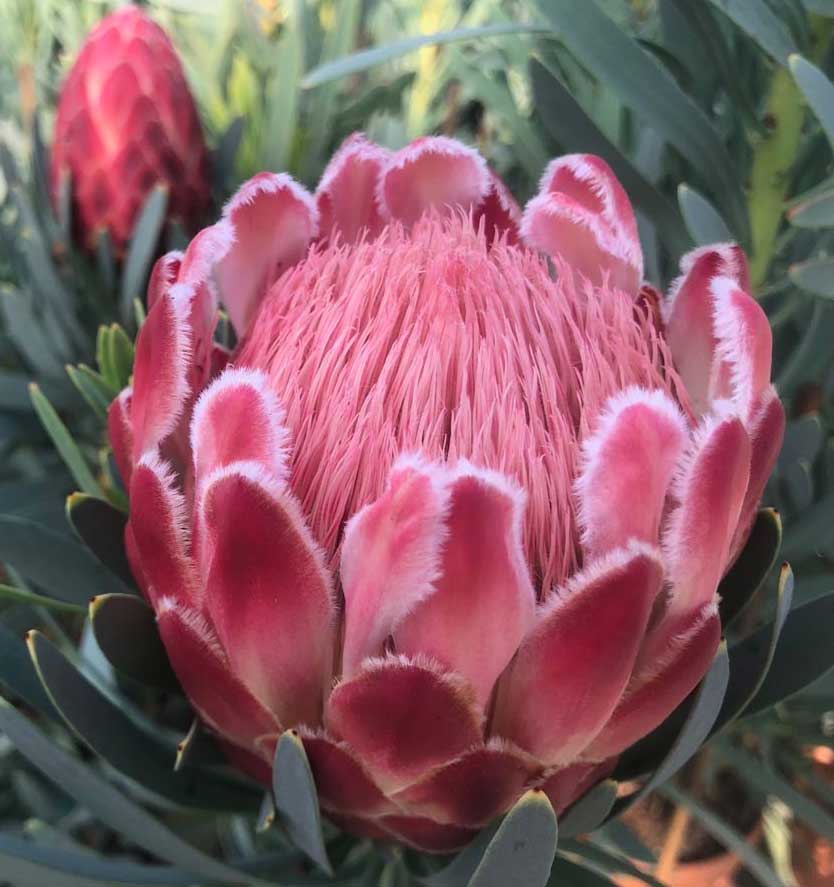
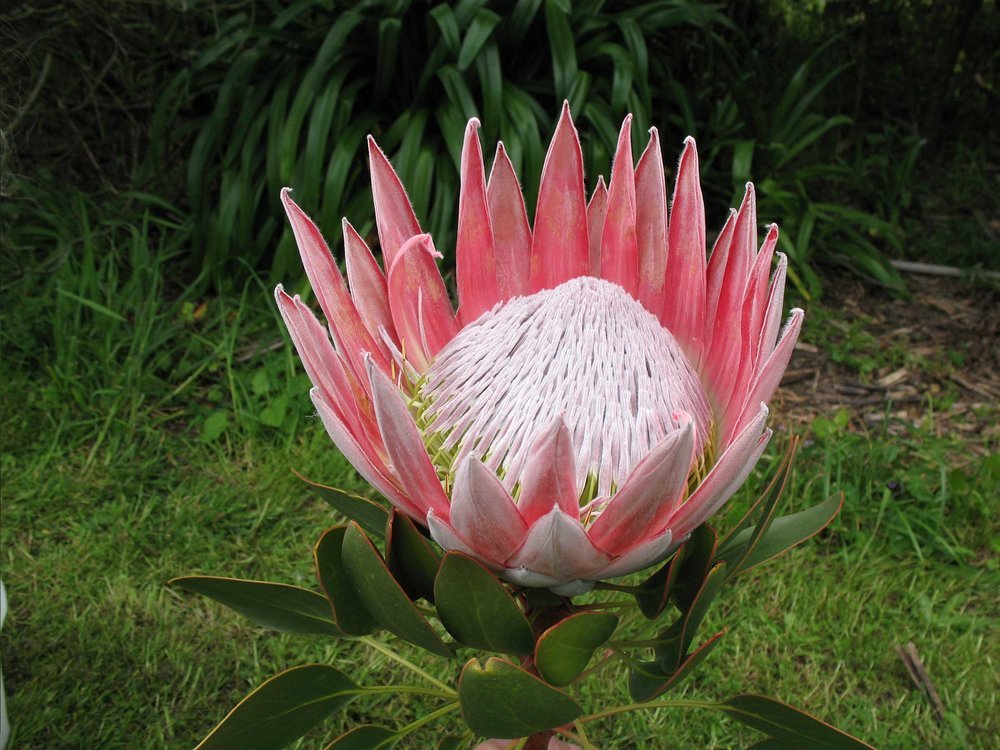
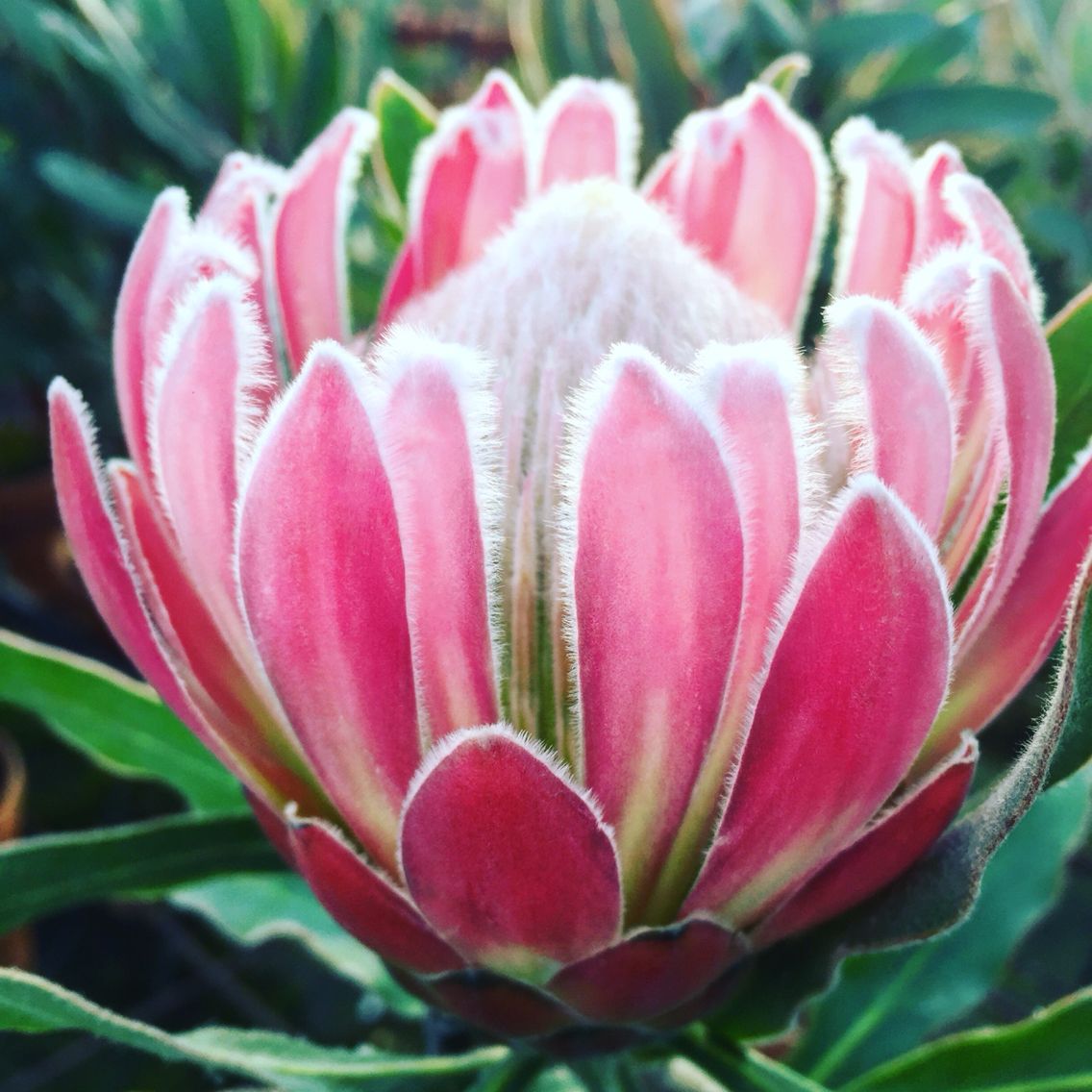

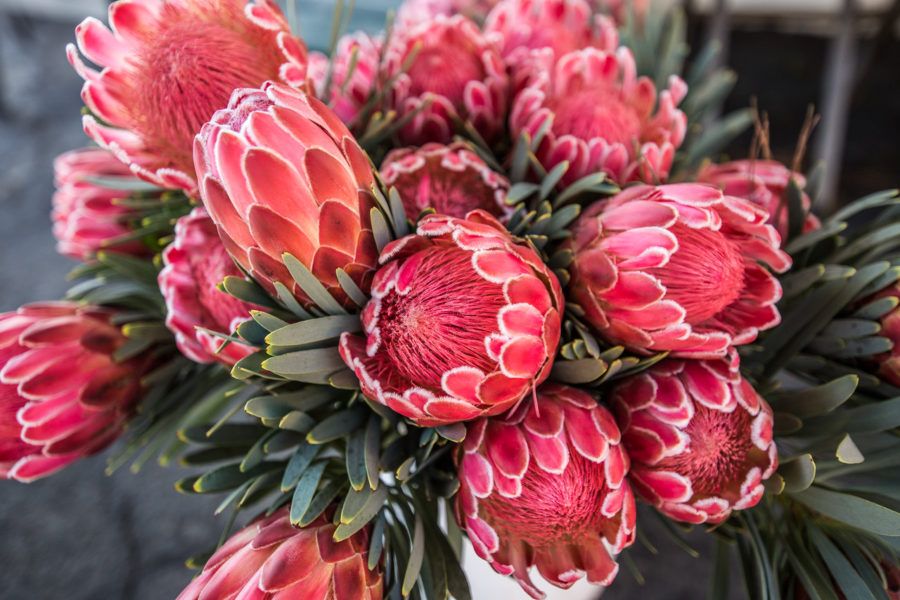
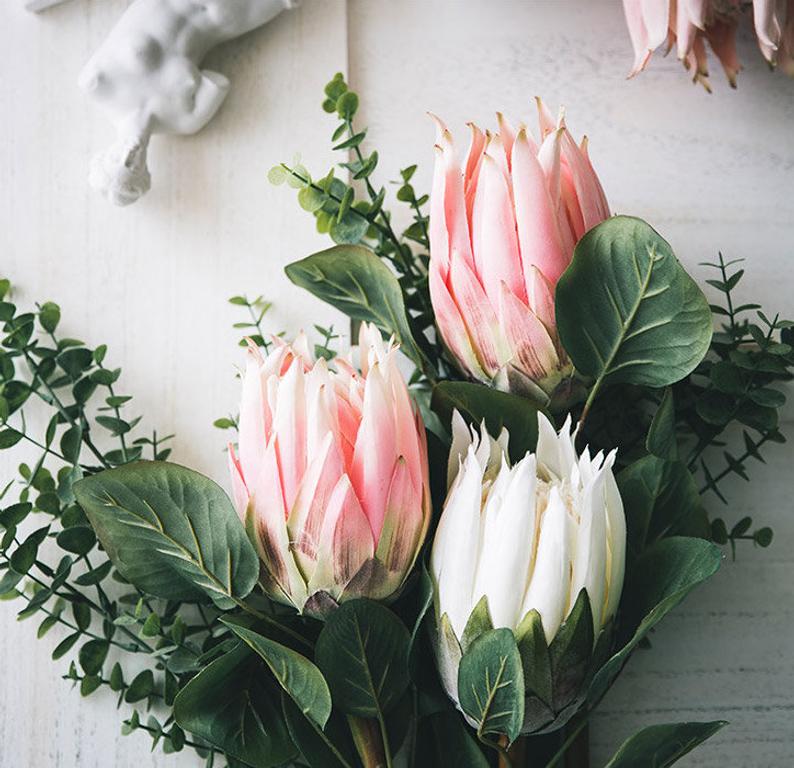
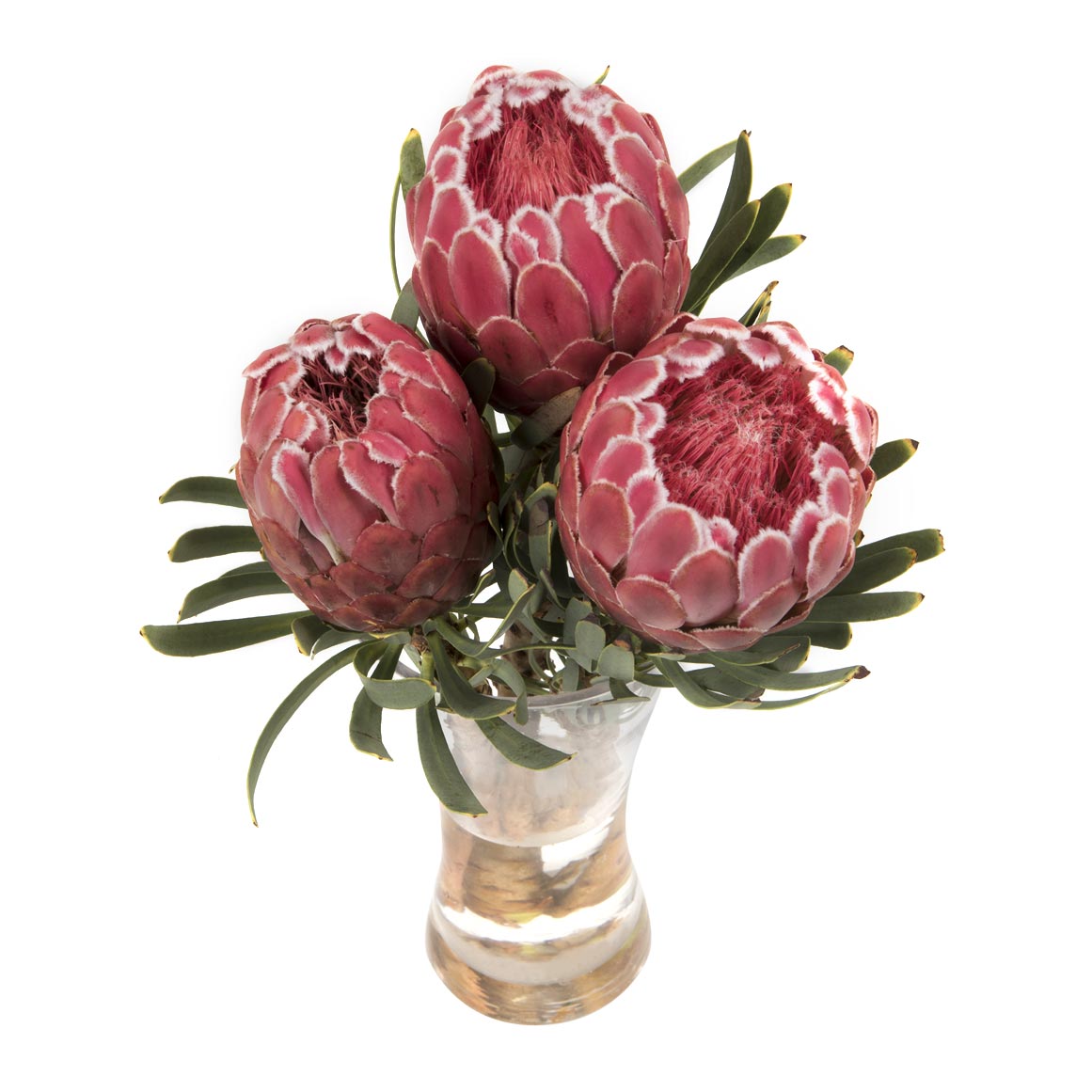
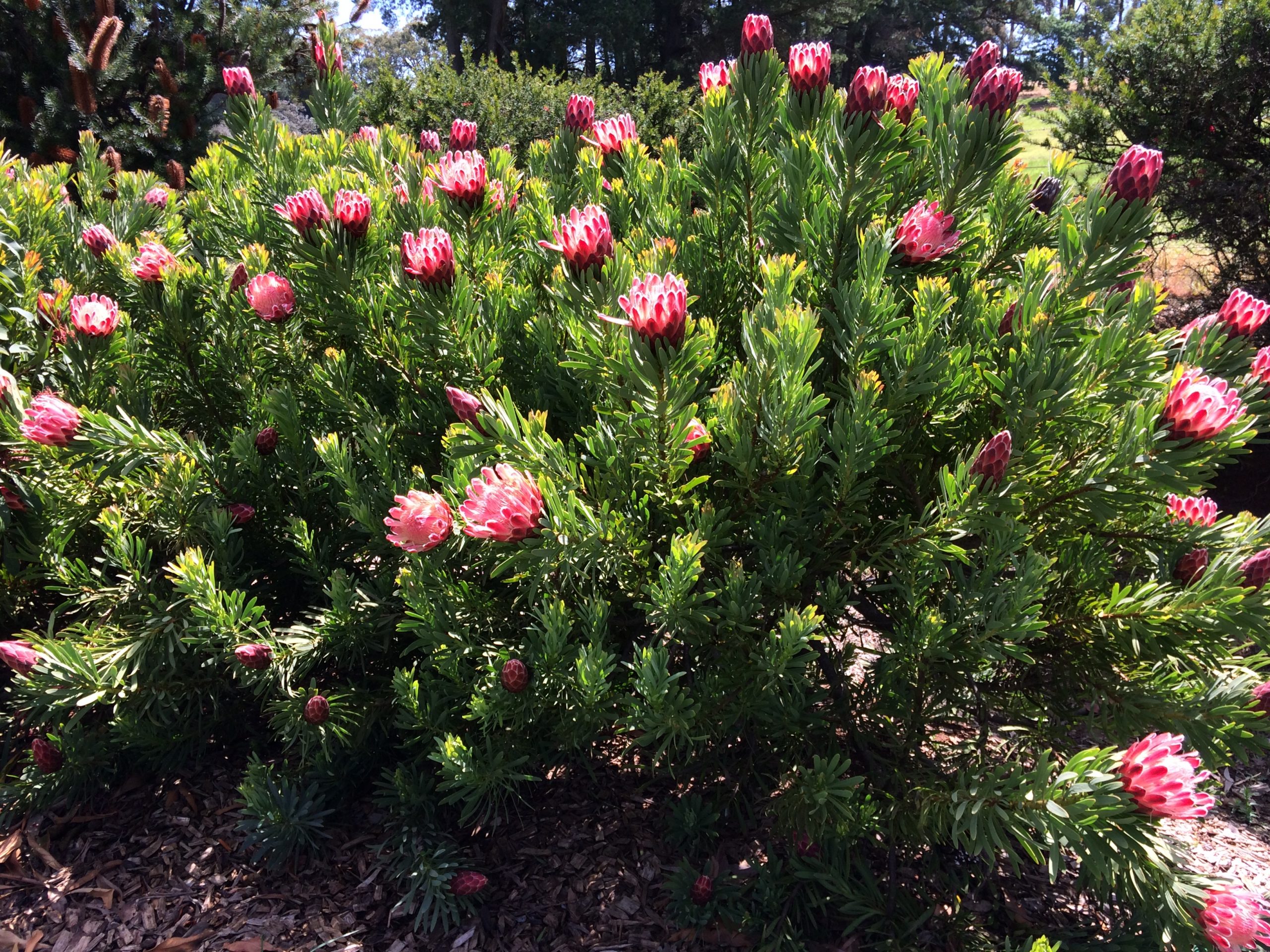
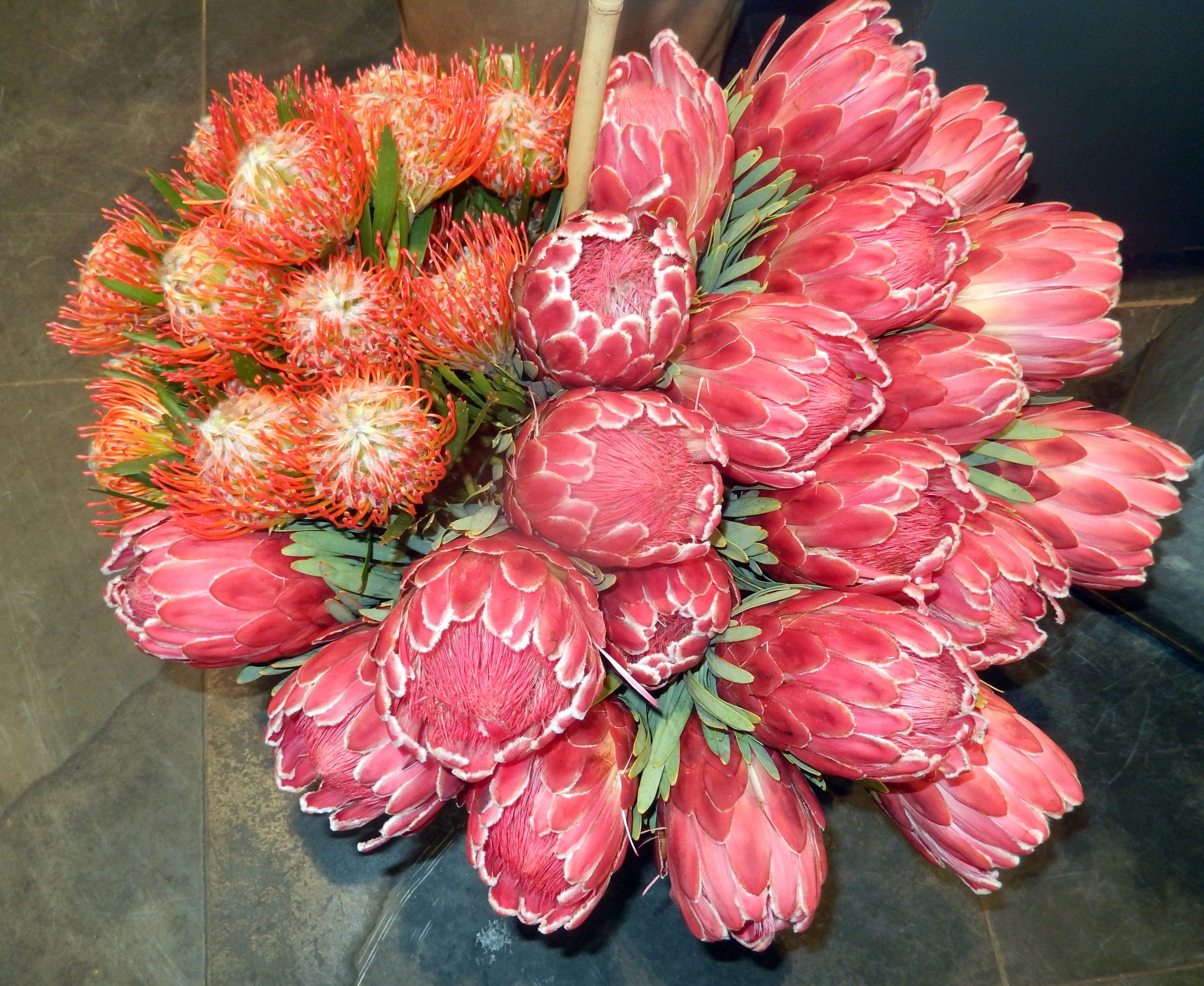
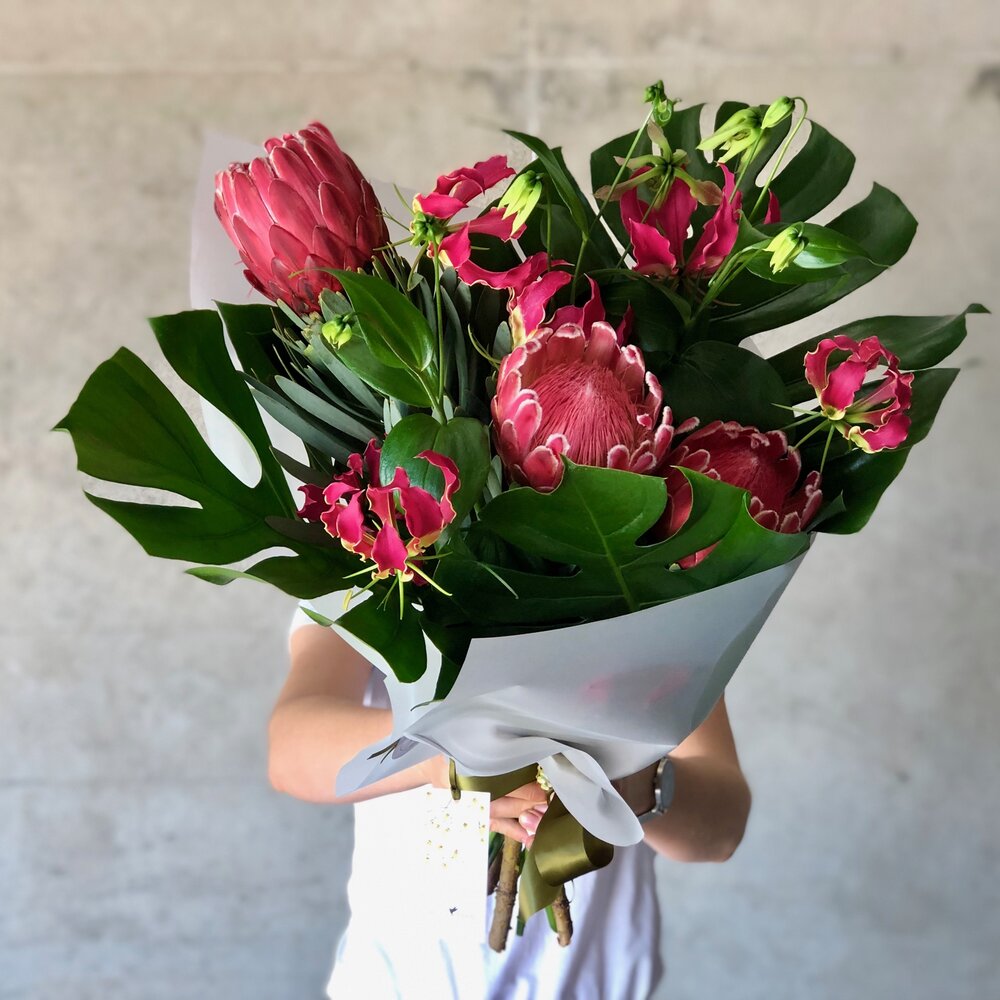
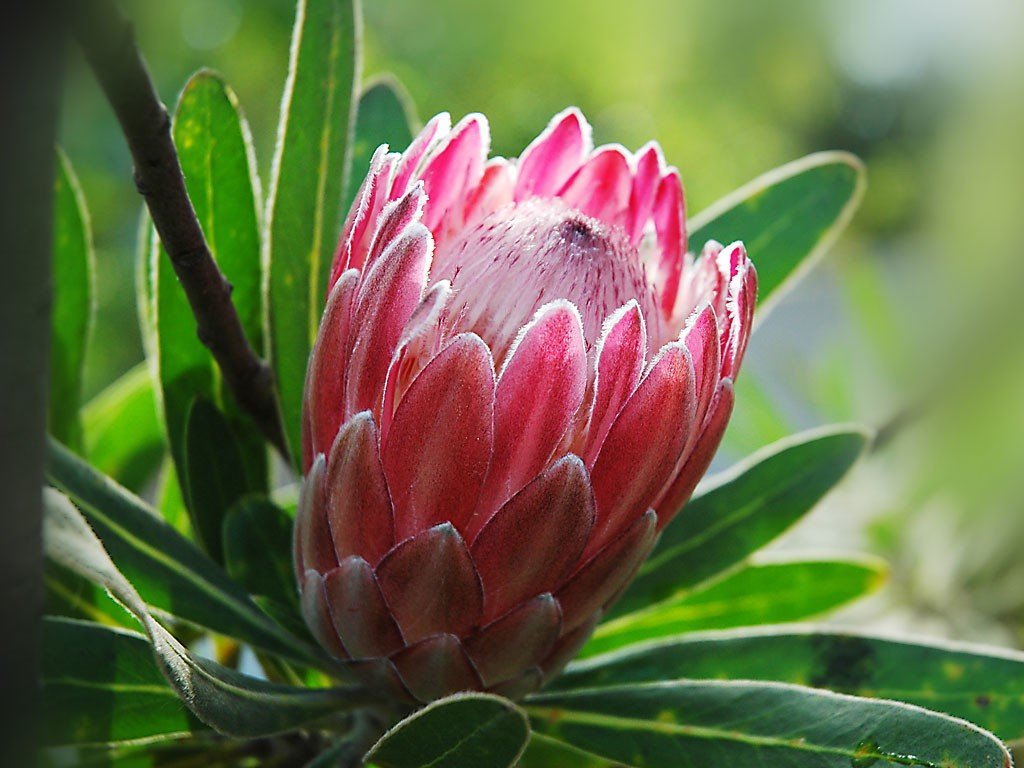


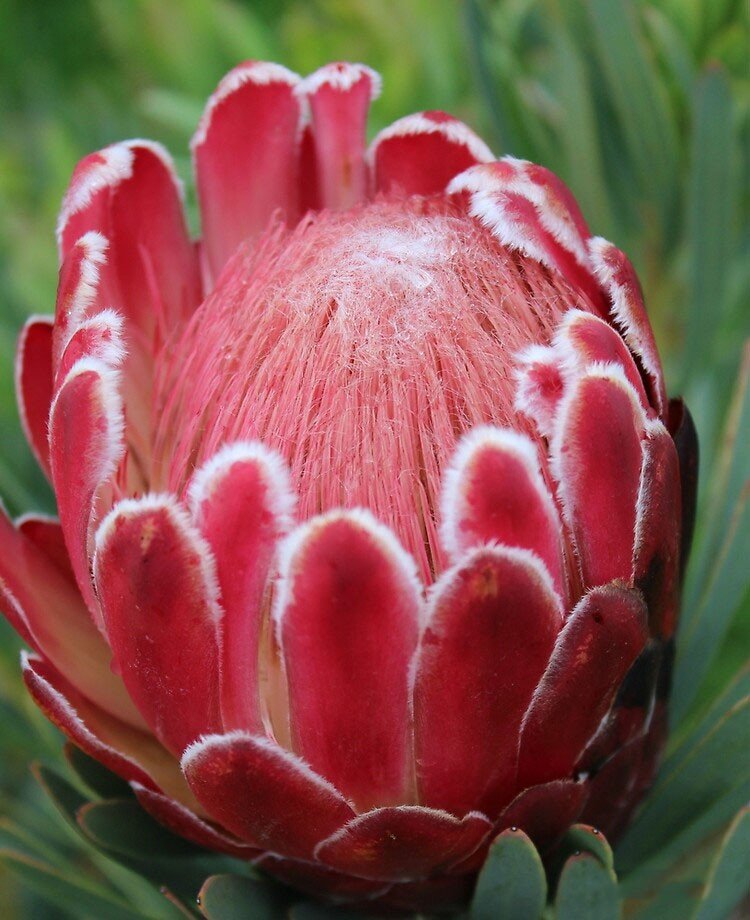

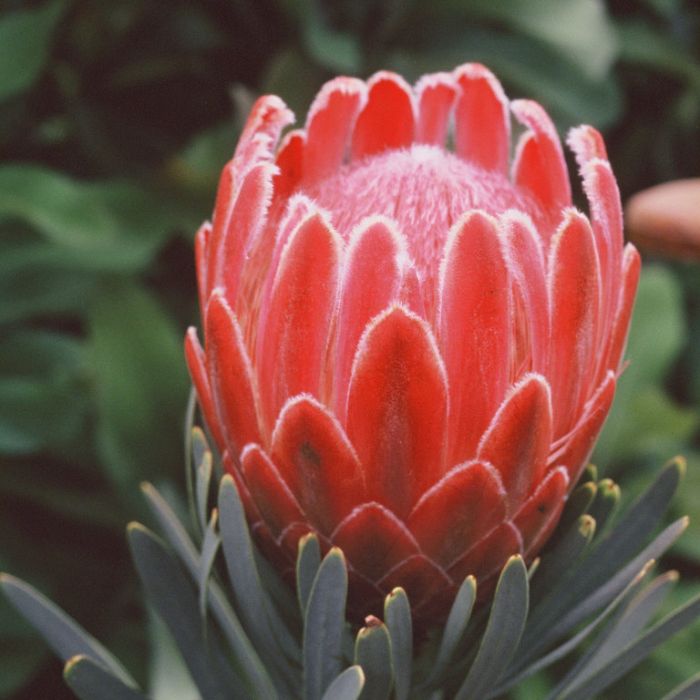

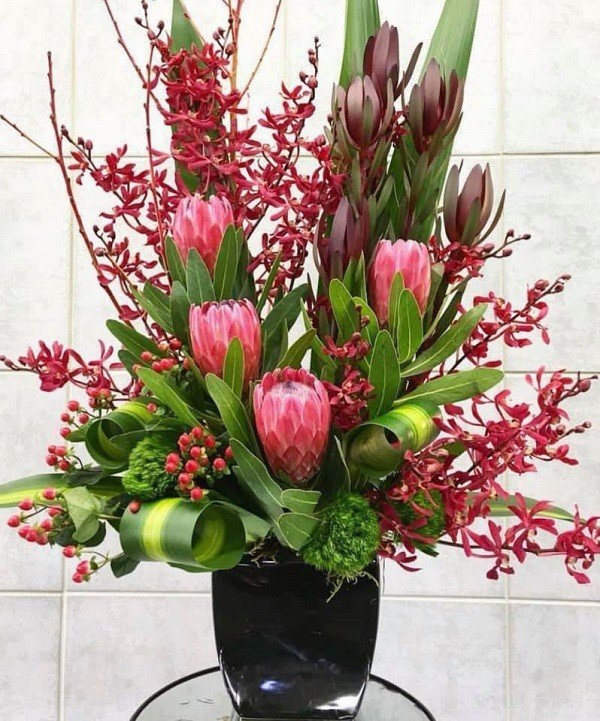 Bình hoa thảo đường hoàng đế dùng để trang trí tạo phong cách mới lạ, ngọt ngào
Bình hoa thảo đường hoàng đế dùng để trang trí tạo phong cách mới lạ, ngọt ngào
